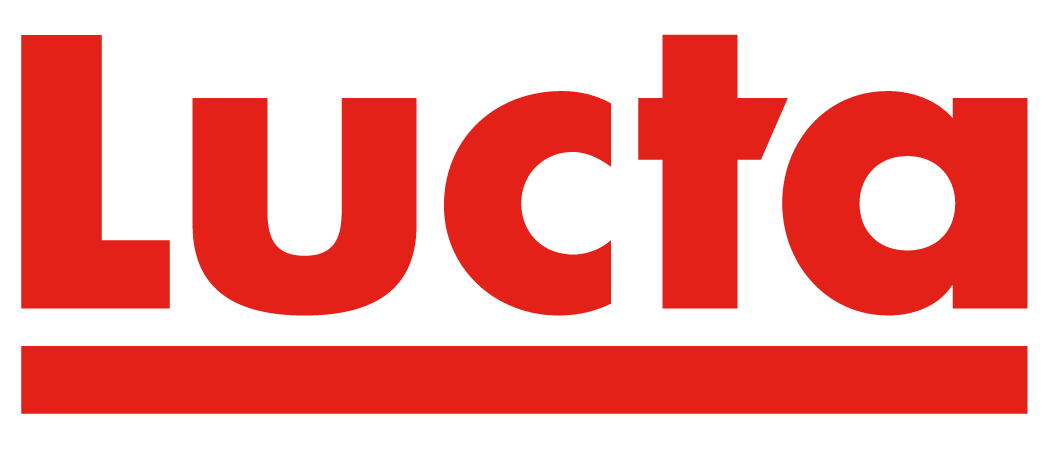TOP CITED PAPERS IN REVIEWS IN FISHERIES SCIENCE AND AQUACULTURE 2019 Recent advances in understanding the molecular basis of taste physiology in fish could open new opportunities to optimize feeding performance in aquaculture. This is particularly relevant at a time when alternative ingredients are being increasingly used, often reducing the…
Trans-intestinal absorption (TIA) rates for the free amino acids (FAA) alanine, proline, and glutamic acid were measured in two developmental phases of Atlantic herring larvae: Early(14–16 day-post-hatch) and Late (37–39 day-post-hatch). TIA rates were determined by measuring net uptake of a 14C-radiolabeled FAA tracer solution into the body after administration…
The steady growth of aquaculture production worldwide paired with reduced availability and escalating costs of feed ingredients from wild fisheries has foster the use of alternative ingredients in fish farming. Nevertheless, even if the nutritional profile covers basic requirements, there are often issues with acceptability of such feeds. This study…
Forty 5 Holstein dairy cows (62 DIM, 501 kg BW) were assigned to a 3 × 2 incomplete Latin square (LS) design replicated 15 times to evaluate the effect of a sensory additive (ProEfficient, PE) on milk response to concentrate supplementation on pasture. Cows were blocked by parity in 15…
The steady growth of aquaculture production worldwide paired with reduced availability and escalating costs of feed ingredients from wild fisheries has foster the use of alternative ingredients in fish farming. Nevertheless, even if the nutritional profile covers basic requirements, there are often issues with acceptability of such feeds. This study…
Glucagon-like peptide 2 (GLP-2) is a peptide released by the lower gut that has potent trophic and restorative effects on the intestinal epithelium. Two experiments were conducted to assess the effects of feeding rate and either metabolizable or nonmetabolizable glucose supplementation on GLP-2 concentrations in plasma and intestinal development in…
Weaning-induced stress is associated with intestinal dysfunction and impaired piglet growth. In addition, body weight at weaning has life-long effects on pig performance. Therefore, the aim of this work was to elucidate if variation in pre-weaning growth correlate with differences in intestinal sensitivity to stress long after weaning. . To…
In mice, weaning stress increases intestinal permeability partly through a mechanism that involves TNF-α, intestinally-produced glucocorticoids, and myosin like chain kinase (MLCK). Recent evidence suggests that this interplay takes place predominantly in the colonic mucosa and has long-lasting effects on intestinal development and function. Interestingly, the impact of weaning-induced intestinal…
Antimicrobial additives (AMA) have long been used to treat infections and promote pig growth. Published evidence suggests that some AMA have a direct anti-inflammatory effect on the intestine. Therefore, it seems reasonable to expect that the growth-promoting effect of AMA may be related to improvements in the gut barrier function.…
